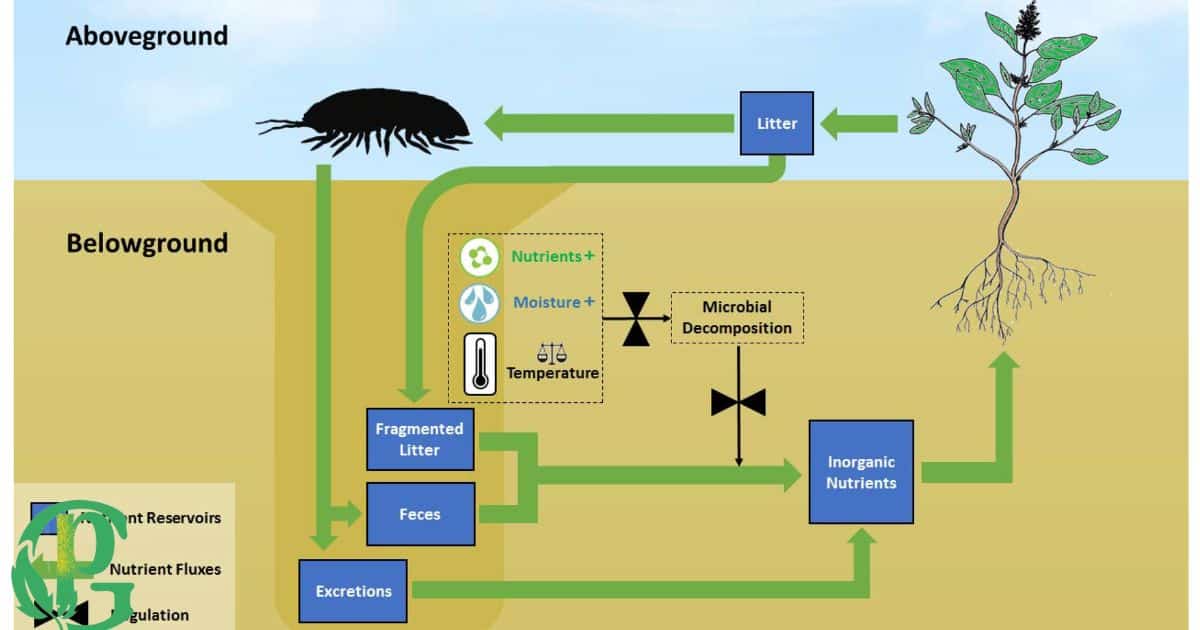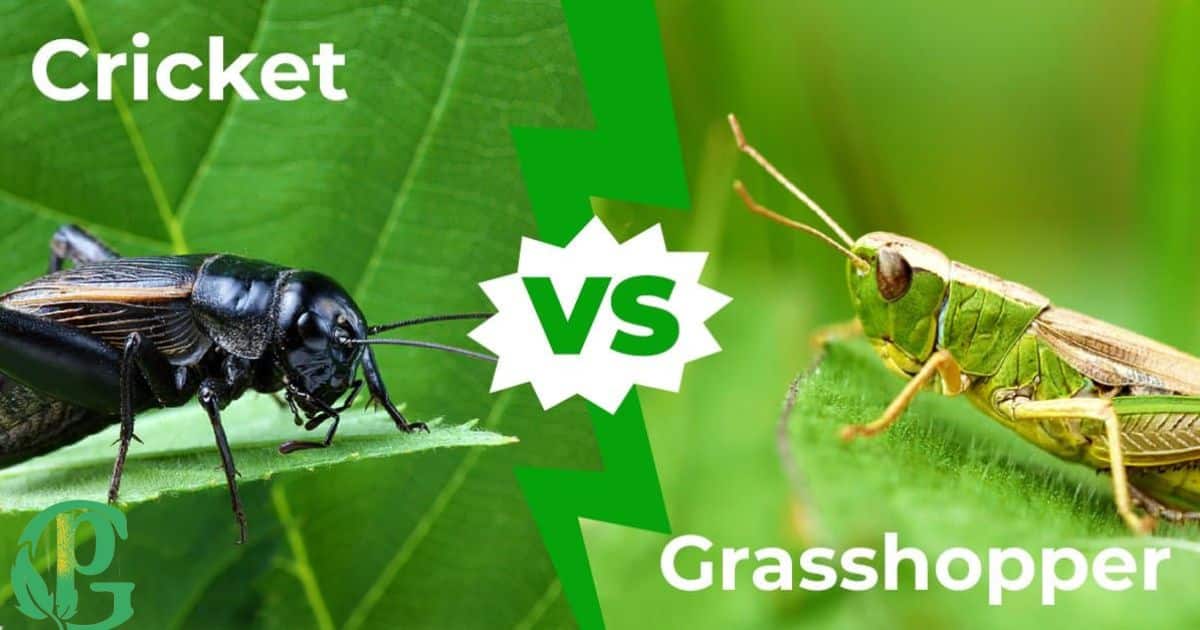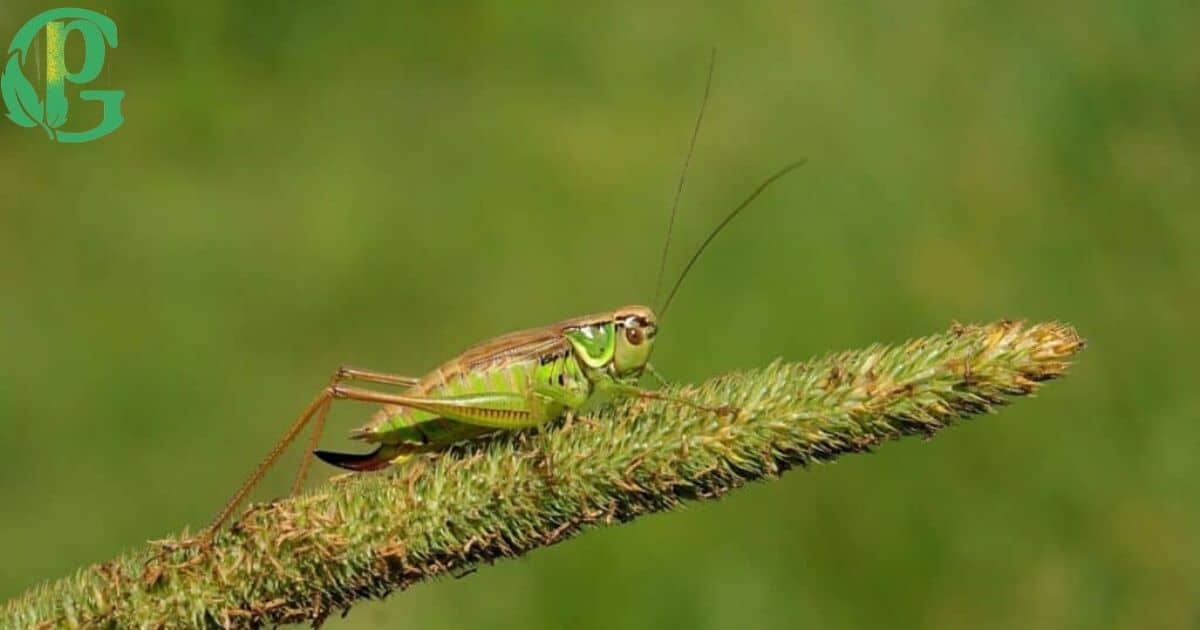In the world of gardening, the presence of crickets has long been a topic of debate. While some may view them as mere nuisances that disrupt the tranquility of a garden, others recognize the potential benefits they can bring.
This article aims to explore the role of crickets in gardens and shed light on whether they are indeed beneficial or detrimental to the well-being of plants and soil. By examining their pest control abilities, soil aeration and nutrient recycling contributions, as well as methods to attract or eliminate them.
Gardeners can make informed decisions about the presence of crickets in their gardens. Join us as we delve into the fascinating world of crickets and their impact on the garden ecosystem.
Key Takeaways
- Crickets act as natural predators, reducing the need for chemical pesticides.
- They feed on harmful pests such as aphids, caterpillars, and mites.
- Crickets improve soil health by breaking down organic matter and aerating the soil.
- Creating a garden environment that attracts predators helps control cricket populations.
The Role of Crickets in Gardens
The role of crickets in gardens is crucial as they play a significant role in maintaining a balanced ecosystem through their contributions to soil health and plant pollination. Crickets are beneficial insects that help control the population of harmful pests in gardens.
They feed on insects that can cause damage to garden plants, such as aphids, caterpillars, and mites. By preying on these pests, crickets act as natural predators, reducing the need for chemical pesticides. Additionally, crickets help improve soil health by breaking down organic matter and aerating the soil with their burrowing activities.
This benefits plant roots by allowing better nutrient absorption and water filtration. Overall, crickets are a natural pest control method that supports the health and vitality of garden ecosystems. In the subsequent section, we will explore the pest control benefits of crickets in greater detail.
Pest Control Benefits of Crickets
Crickets offer valuable pest control benefits to gardens through their natural predatory behavior. These insects act as efficient predators, helping to control populations of harmful pests that can damage plants.
Crickets feed on a variety of insects, including aphids, caterpillars, and beetles, which are known to cause significant damage to gardens. By preying on these pests, crickets help to maintain a balanced ecosystem in the garden.
In addition to insects, crickets also consume decaying plant material, such as fallen leaves and garden debris. This helps to break down organic matter and recycle nutrients back into the soil, promoting healthy plant growth.
Cricket infestations can be an indicator of underlying issues in the garden, such as excessive moisture or temperature fluctuations, which can attract pests. To naturally control cricket populations, it is important to create a garden environment that attracts their predators, such as spiders and birds.
Providing sufficient food sources and shelter for these predators can help keep cricket populations in check. Maintaining a clean and well-maintained garden, removing excess organic matter and debris, can help prevent cricket infestations and reduce the risk of damage to plants and lawns.
Soil Aeration and Nutrient Recycling by Crickets

Crickets contribute to soil aeration and nutrient recycling in gardens by breaking down decaying plant material and enhancing the distribution of vital nutrients throughout the soil. As the decaying leaves and other organic matter accumulate on the ground, crickets play a crucial role in breaking them down into smaller particles.
The house cricket, field crickets, and other species of crickets feed on this leaf litter, consuming and digesting the decomposing material. This process not only helps to break down the organic matter, but also enriches the soil with nutrients.
Crickets help to distribute these nutrients throughout the soil by burrowing and tunneling as they move around. These burrows create channels for air and water to penetrate, improving soil aeration and drainage.
As a result, grasses and other plants can access the nutrients more easily, promoting healthy growth. This nutrient recycling process by crickets is an integral part of the garden’s food chain, providing a valuable food source for other organisms, including birds and other insects.
Attracting Crickets to Your Garden
To attract crickets to your garden, consider implementing specific strategies that encourage their presence. These fascinating creatures can bring life and vitality to your outdoor space. Here are some practical tips to attract crickets and create a welcoming environment for them:
- Provide ample light sources: Crickets are attracted to bright lights, such as porch lights or outdoor lights. By having these lights in your garden, you can create an inviting atmosphere for the crickets.
- Create hiding spots: Crickets love to hide during the day and emerge at night. By having piles of leaves or dead leaves on the ground, you can provide them with shelter and encourage their presence.
- Offer food sources: Crickets are constantly in search of food. By planting vegetation that they enjoy, such as grasses or herbs, you can provide them with a reliable food source and encourage them to stay in your garden.
Potential Downsides of Having Crickets in Your Garden
While crickets can provide numerous benefits to gardens, there are potential downsides to having them in your garden. One of the main concerns is the presence of certain cricket species, such as the mole cricket, which can be considered a cricket pest.
These pests can cause damage to lawns by burrowing and feeding on grass roots, leading to unsightly patches and weakened turf. To address this issue, various control methods can be employed. Traps can be used to capture and remove crickets from the garden such as add the Jolly Gardener Pro Line into your pest control strategy.
Chemical treatments can be applied to eliminate cricket pests. It is important to consider the potential negative impacts of chemical treatments on other beneficial garden organisms, such as ground beetles.
Another approach is implementing cultural controls, such as proper garden design and maintenance practices, to discourage cricket populations. In severe cases, seeking the assistance of a professional pest control service may be necessary to effectively manage cricket infestations.
Differentiating Between Crickets and Grasshoppers

One potential challenge in distinguishing between crickets and grasshoppers is their similar appearance and behavior. However, there are several key features that can help differentiate between the two insects:
- Physical appearance:
- Crickets have long antennae, while grasshoppers have shorter ones.
- Crickets have cylindrical bodies, while grasshoppers have more robust bodies.
- Crickets have wings that lie flat on their backs, while grasshoppers have wings that extend beyond their abdomen.
- Behavior:
- Crickets are primarily nocturnal, while grasshoppers are diurnal.
- Crickets produce their distinctive chirping sounds by rubbing their wings together, while grasshoppers produce sounds by rubbing their hind legs against their wings.
How to Get Rid of House Crickets
In order to effectively remove house crickets from your garden, it is important to implement targeted pest control methods. While crickets can be beneficial to gardens by aiding in the decomposition of plant matter, an excessive population of house crickets can become a nuisance and cause damage to plants.
To get rid of house crickets, there are several treatment options available. One method is the use of sticky traps, which can be placed strategically in the garden to catch and control the cricket population.
It is important to create an environment that don’t attract crickets in your house by removing excess plant matter and debris. By implementing these methods, gardeners can effectively manage the presence of house crickets and maintain a healthy garden environment.
How to Get Rid of Mole Crickets

To efficiently rid your garden of mole crickets, consider incorporating pest control strategy. Targeted methods are crucial for effectively combating these pests, which pose a threat to your garden by feasting on plant roots. This proactive approach not only helps prevent damage to your plants but also safeguards your crop yield.
Here are some practical ways to get rid of mole crickets and protect your garden:
- Cultural control methods:
- Ensure proper irrigation and drainage to discourage mole crickets from breeding and thriving in your garden.
- Regularly mow your lawn and keep it well-maintained to minimize favorable habitats for mole crickets.
- Biological control methods:
- Introduce natural predators of mole crickets, such as parasitic wasps or nematodes, to help reduce their population.
Implementing these pest control methods will help you manage mole cricket infestations effectively and maintain a healthy garden. Remember, it is important to strike a balance between controlling pests and preserving beneficial insects in your garden.
FAQ’s
Do Crickets Only Benefit Gardens or Can They Also Cause Damage?
Crickets can both benefit and cause damage to gardens. While they play a role in pollination and nutrient cycling, some species can feed on plants, causing harm. Therefore, it is important to assess the specific cricket species and their impact on gardens.
What Are Some Natural Ways to Attract Crickets to Your Garden?
To attract crickets to your garden naturally, you can create a diverse habitat with tall grasses, shrubs, and leaf litter. Providing a water source like a birdbath or shallow dish, as well as avoiding the use of pesticides, can also encourage cricket populations.
Can Crickets Help Control Specific Pests Like Aphids or Caterpillars?
Crickets can help control specific pests in gardens, such as aphids and caterpillars. Their feeding habits and behavior make them effective predators, reducing the population of these pests and promoting a healthier garden ecosystem.
Are There Any Plants or Flowers That Attract Crickets More Than Others?
Certain plants and flowers have been found to attract crickets more than others. The presence of these plants in a garden can help to create a favorable environment for crickets, potentially increasing their population and promoting their beneficial role in pest control.
How Can You Differentiate Between the Sound of Crickets and Other Insects in Your Garden?
Differentiating between the sound of crickets and other insects in your garden can be challenging. However, crickets produce a distinctive chirping sound, often described as a rhythmic melody, which sets them apart from other insect species.
Conclusion
Crickets can be beneficial to gardens due to their role in pest control and soil aeration. They help to control populations of harmful insects, and their feeding habits promote nutrient recycling in the soil.
It is important to attract the right types of crickets to your garden and be aware of potential downsides, such as damage to plants. Overall, incorporating crickets into your garden ecosystem can contribute to a healthier and more balanced environment.
[INTERESTING STATISTIC]: Did you know that a single cricket can consume up to 2 grams of plant material per day?











